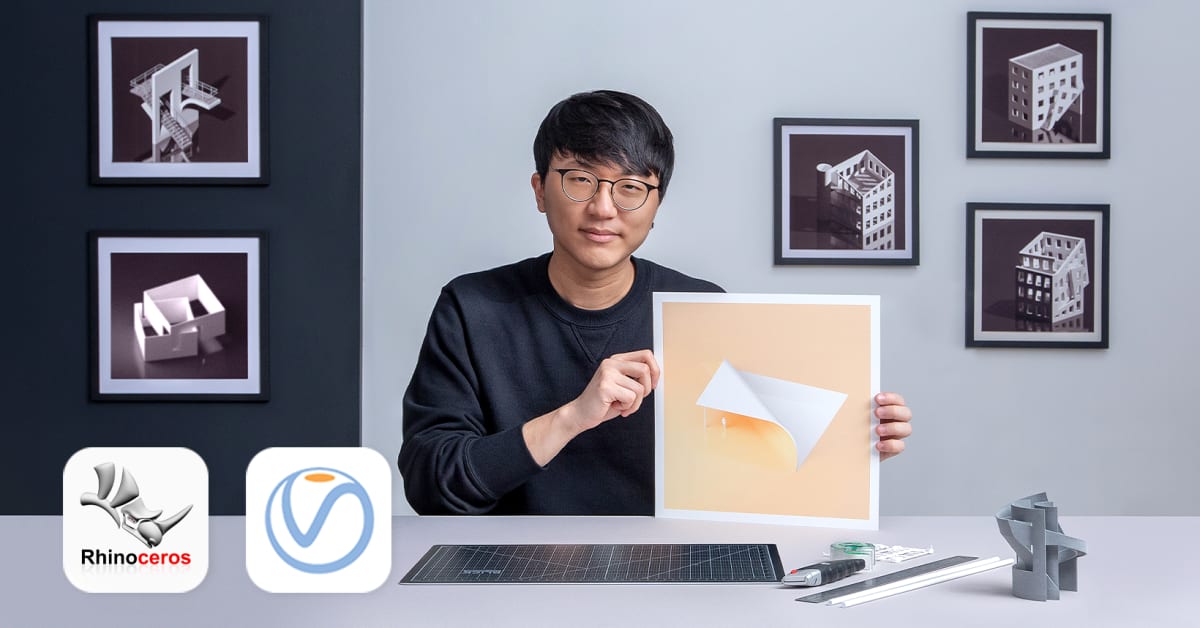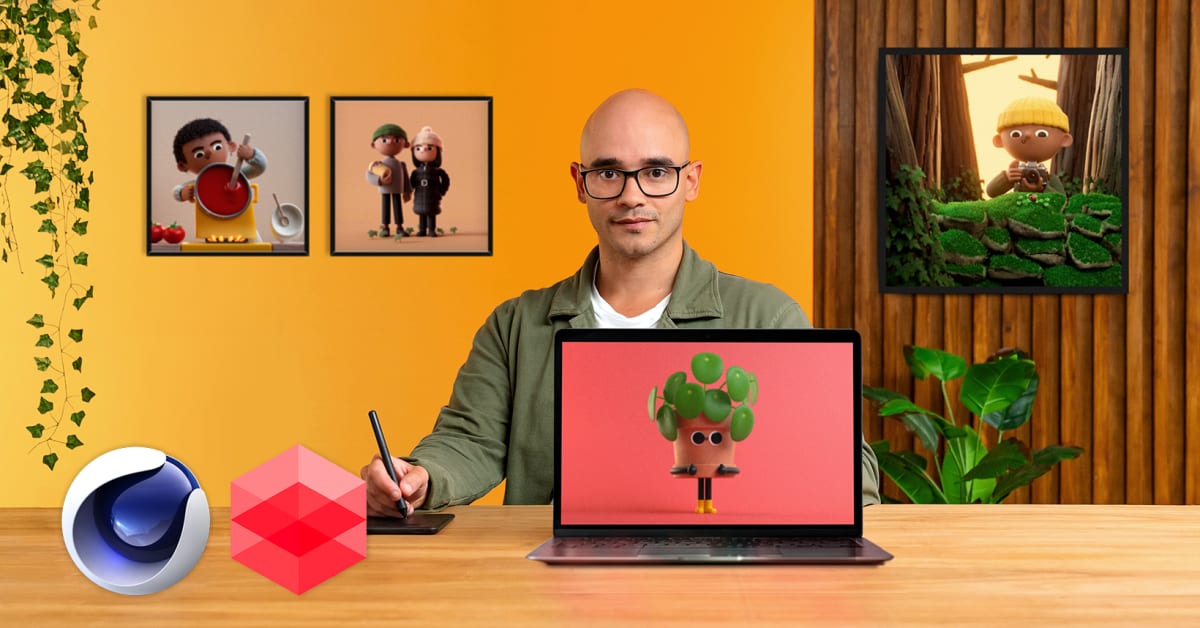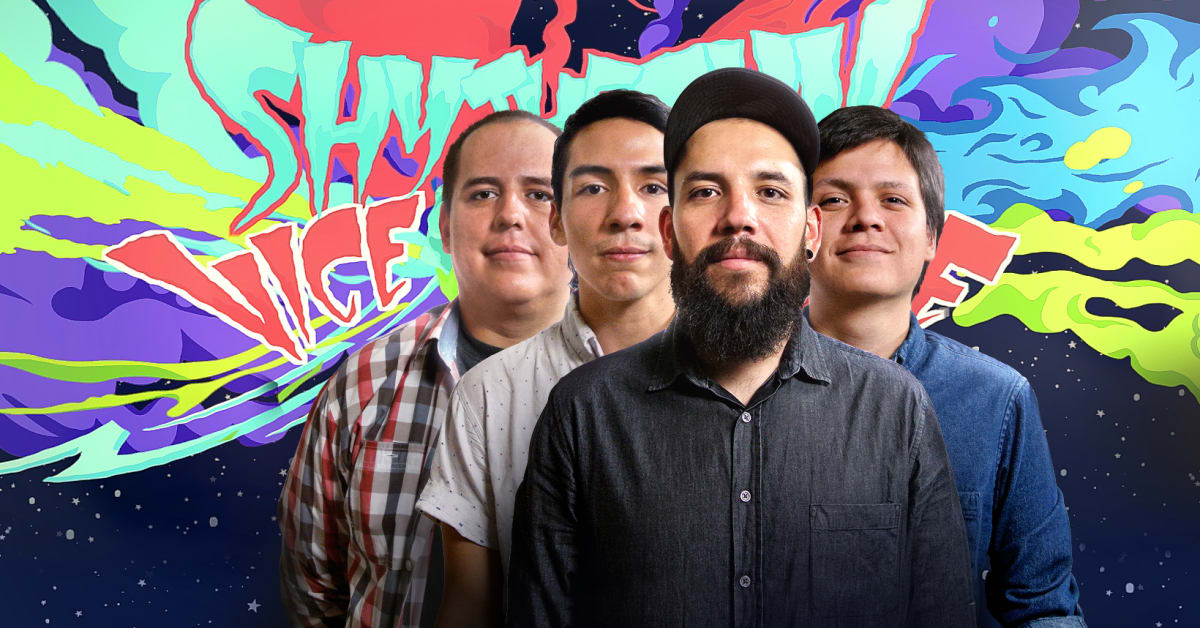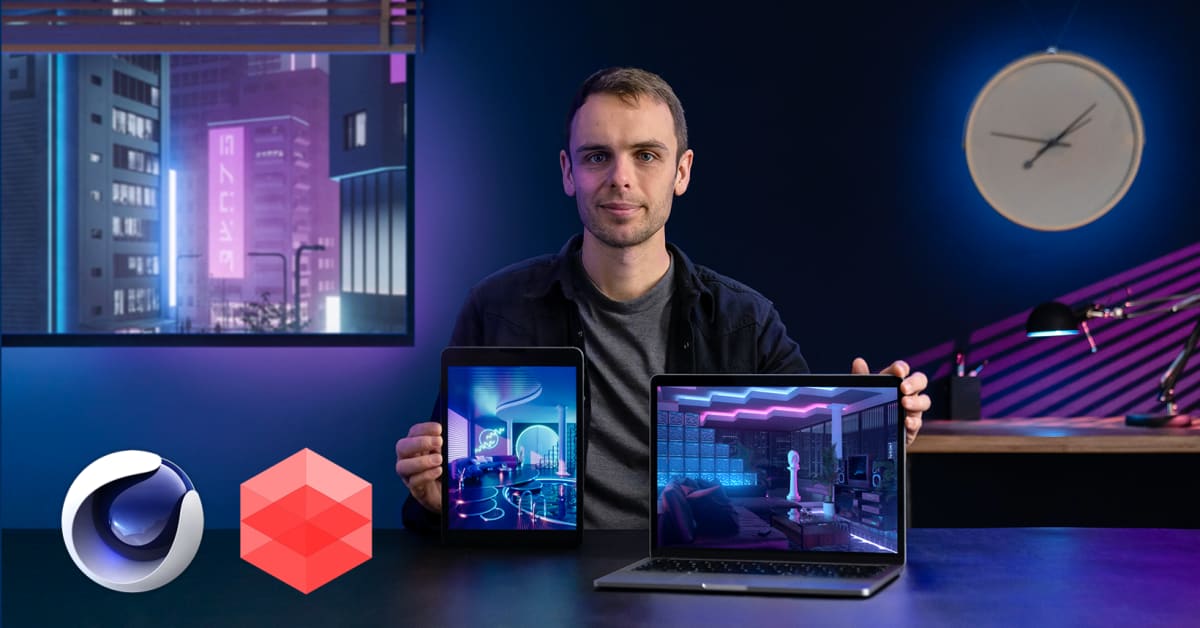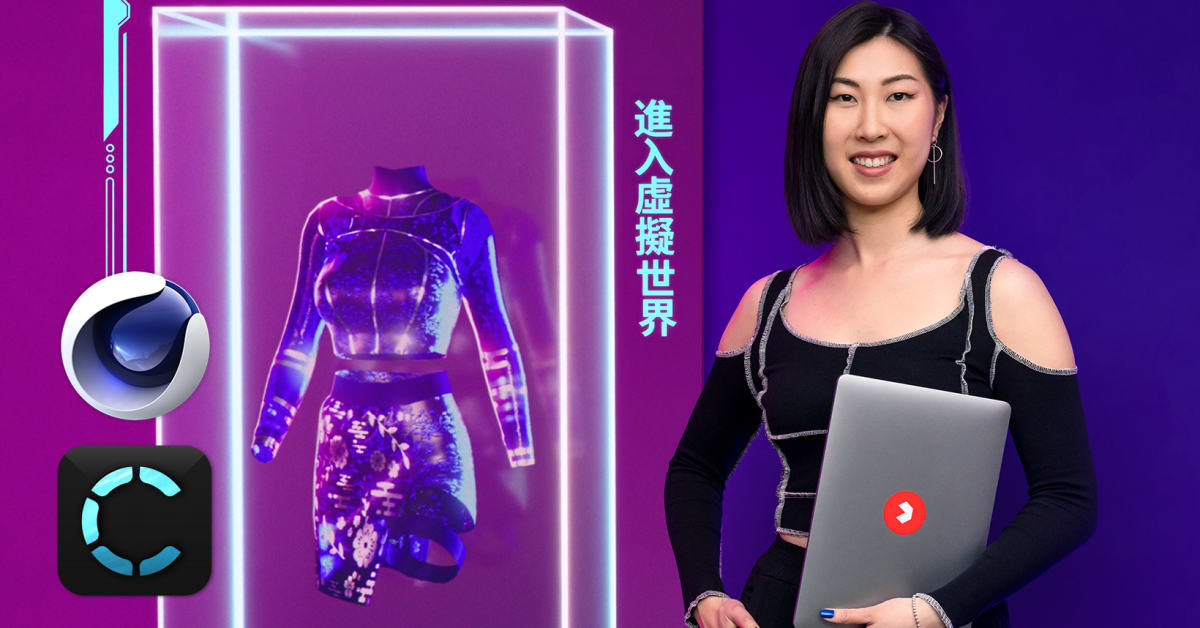Description
In this course, you will :
- Examine examples of architectural designs that were inspired by everyday objects. Experiment with different form-making techniques, such as folding and self-intersection, to familiarise yourself with the tools needed to create paper models. Then Saul shows how to deconstruct a box in order to generate form and space.
- Learn how to digitally replicate the same techniques to create a model in Rhino 3D. Saul walks you through the steps of modelling a folding and self-intersecting surface.
- Learn how to improve your design by experimenting with height and combining shapes.
- Render your model in a studio environment using V-Ray. Begin with the fundamental V-Ray rendering settings, such as camera and render output.
- learn how to make a background and embellish it with simple materials. Learn about texture mapping and how you can use it to change the scale and texture of your materials.
- Finish the course by learning how to incorporate various types of lighting into your scene to achieve various effects.
Syllabus :
1. Modeling in Rhino 3D
- Modeling a Folding Surface: The Basics
- Modeling a Folding Surface: In Context
- Modeling a Self-Intersecting Surface
- Enhancing the Self-Intersecting Surface Model
2. Basic V-Ray Rendering
- Basic V-Ray Settings
- Background and Texture Mapping
- Lighting
